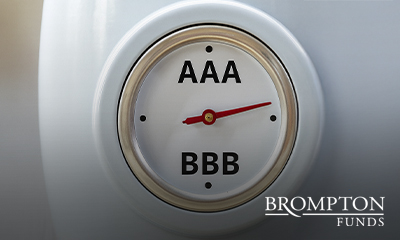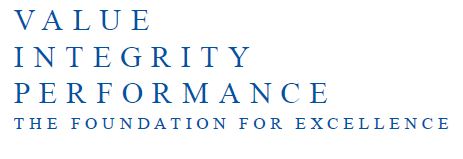July 7, 2025 |
|
Funds in focus: Brompton North American Low Volatility Dividend ETF Markets have been volatile so far in 2025. Policy uncertainty around trade and tariffs has driven big swings in equities with the S&P 500 Index suffering a 21% pullback from mid-February to early April and the VIX Index reaching a peak over 60 before markets rebounded, which is more than triple the long term average for volatility.1 Amidst the chaos, low volatility strategies, which have underperformed over the past 5 years as investors have chased high beta, have begun to shine again. On a year-to-date basis these strategies have outperformed the S&P 500, while volatility has been 9 percentage points lower than the market. Additionally, the low volatility factor has had the second-best performance among S&P 500 factors, as shown in the table below. |
|
|
|
|
Low volatility strategies offer investors a less risky way to participate in the equity market and have performed well in a number of different market environments. This is supported by over 90 years of empirical data, which show that, relative to the broad market, low volatility strategies offer better stability, higher risk-adjusted and absolute returns, and shallower drawdowns in volatile markets.2 In particular, Brompton believes that low volatility strategies offer four benefits for investors during periods of elevated market volatility, which we expect will continue over the next several quarters:
In our view, the recent policy uncertainty around trade and tariffs is likely to persist in the near term. As such, we believe that the current period of elevated market volatility will continue for the foreseeable future and this presents an excellent opportunity for investors to allocate to low volatility strategies. Brompton’s ApproachBrompton North American Low Volatility Dividend ETF (BLOV) is designed to produce equity returns with lower volatility through investing in a diversified portfolio of North American large capitalization equities. Our Portfolio Management team uses quantitative analysis with fundamental analysis to construct a diversified portfolio with lower overall volatility than the market. An active covered call writing strategy is used to further reduce volatility and generate income. |

Michael D. Clare
Senior Vice President & Senior Portfolio Manager
Michael Clare has over 18 years of experience in financial services and is a Senior Vice President and Senior Portfolio Manager with Brompton Group. Mr. Clare is a member of Brompton’s portfolio management team and is a co-manager of investment funds at Brompton with combined assets of approximately $3 billion. He specializes in portfolio construction, security analysis, and covered call strategies with a focus on technology, health care, financials, energy, global equities, and low volatility strategies.








